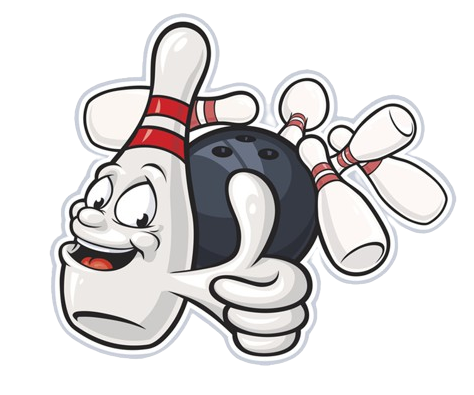Spares and Strikes: Navigating the Strategies of Competitive Bowling

Bowling is more than just a leisurely pastime; it’s a sport that demands skill, precision, and strategic thinking. For competitive bowlers, the quest for spares and strikes isn’t just about knocking down pins—it’s a carefully orchestrated dance on the lanes. In this article, we delve into the intricate strategies that competitive bowlers employ to navigate the challenges of the game, exploring the art of spare shooting, strike targeting, and the mental game that separates champions from contenders.
- The Importance of Spare Shooting: Competitive bowlers understand that strikes alone do not guarantee success. Mastering the art of spare shooting is crucial for maintaining momentum and maximizing scores. The article explores the various spare shooting techniques, emphasizing the importance of consistency and accuracy in converting single-pin spares, multi-pin spares, and the elusive “corner pins.”
- Strike Targeting: While spares keep the scorecard ticking, strikes are the true game-changers. Competitive bowlers meticulously analyze lane conditions, adjust their approach, and strategically target specific areas of the pins to increase their strike percentage. We delve into the technical aspects of strike targeting, including adjustments for oil patterns, entry angles, and the role of ball selection in achieving those coveted Xs.
- Lane Management and Adjustments: Bowling lanes are dynamic environments, and the top competitors possess the ability to read and adapt to changing conditions. From understanding oil patterns to making real-time adjustments in their line and speed, competitive bowlers constantly assess the lane to optimize their game. The article discusses the techniques bowlers use to manage transitions and fine-tune their strategies throughout a match.
- The Mental Game: Competitive bowling is not just a physical challenge; it’s a mental battle as well. The article explores the psychological aspects of the sport, including maintaining focus, managing pressure, and rebounding from setbacks. Techniques such as visualization, positive self-talk, and maintaining a consistent pre-shot routine are crucial components of a bowler’s mental toolkit.
- Strategic Planning in Tournaments: Tournaments present a unique set of challenges, from facing different lane conditions to competing against a diverse field of bowlers. Competitive players approach tournaments with strategic plans, considering factors such as pacing, spare conversion rates, and the importance of finishing strong. The article provides insights into how bowlers develop and execute their game plans in the heat of competition.
Conclusion:
In the world of competitive bowling, success hinges on the delicate balance between spares and strikes. Navigating the strategies of this dynamic sport requires a combination of technical prowess, adaptability, and mental resilience. Whether you’re a seasoned competitor or an aspiring bowler looking to up your game, understanding the intricacies of spare shooting, strike targeting, and strategic planning will undoubtedly elevate your performance on the lanes. As the pins fall and the scorecards fill with Xs and slashes, the journey through spares and strikes becomes a testament to the artistry and skill that define the sport of competitive bowling.


